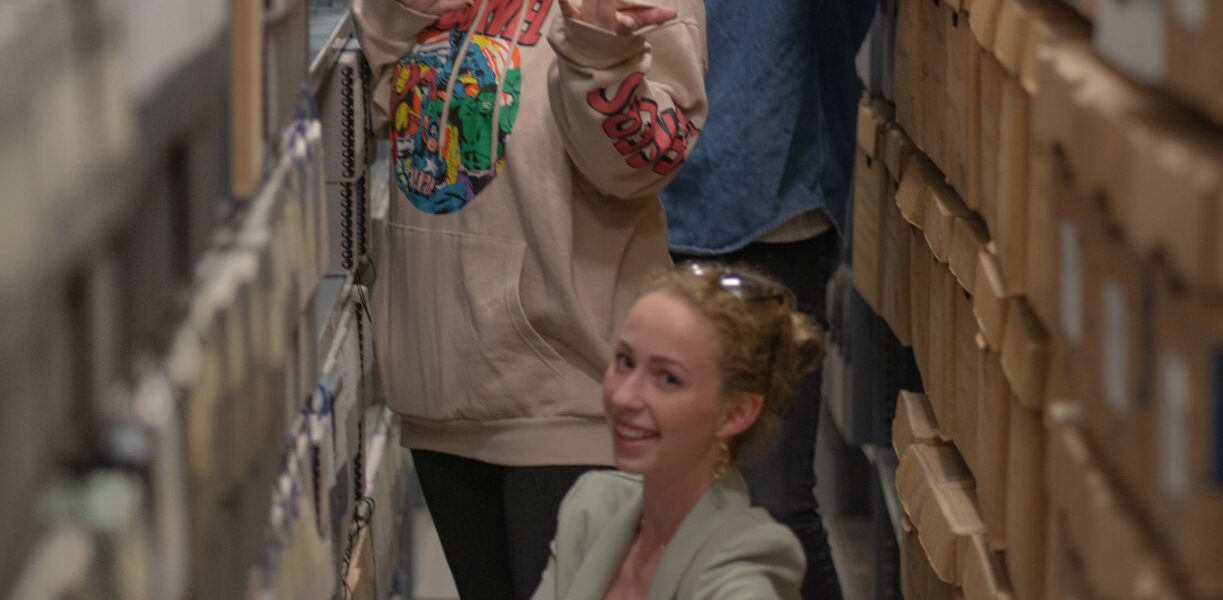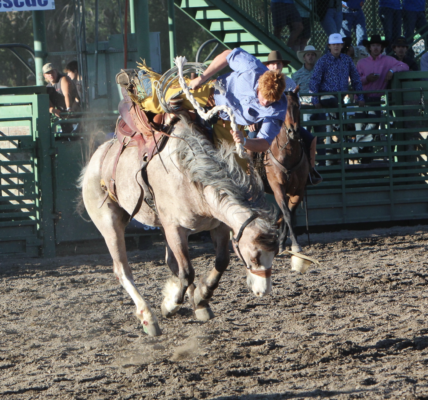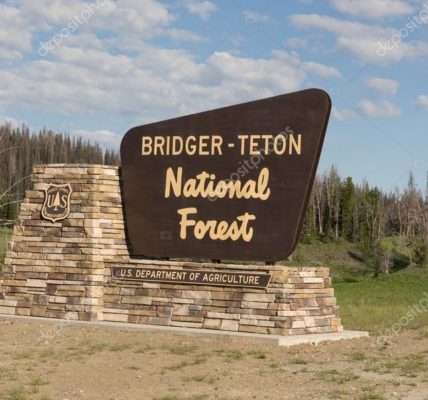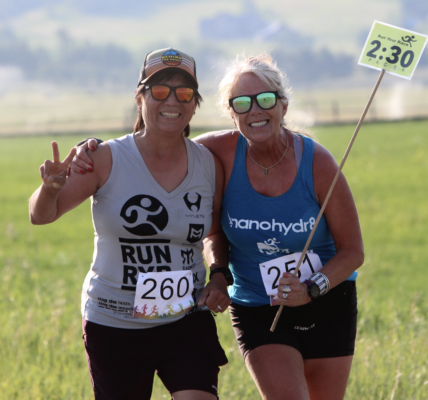Pop culture on the plains: Marvel creator Stan Lee’s personal archives are housed at UW
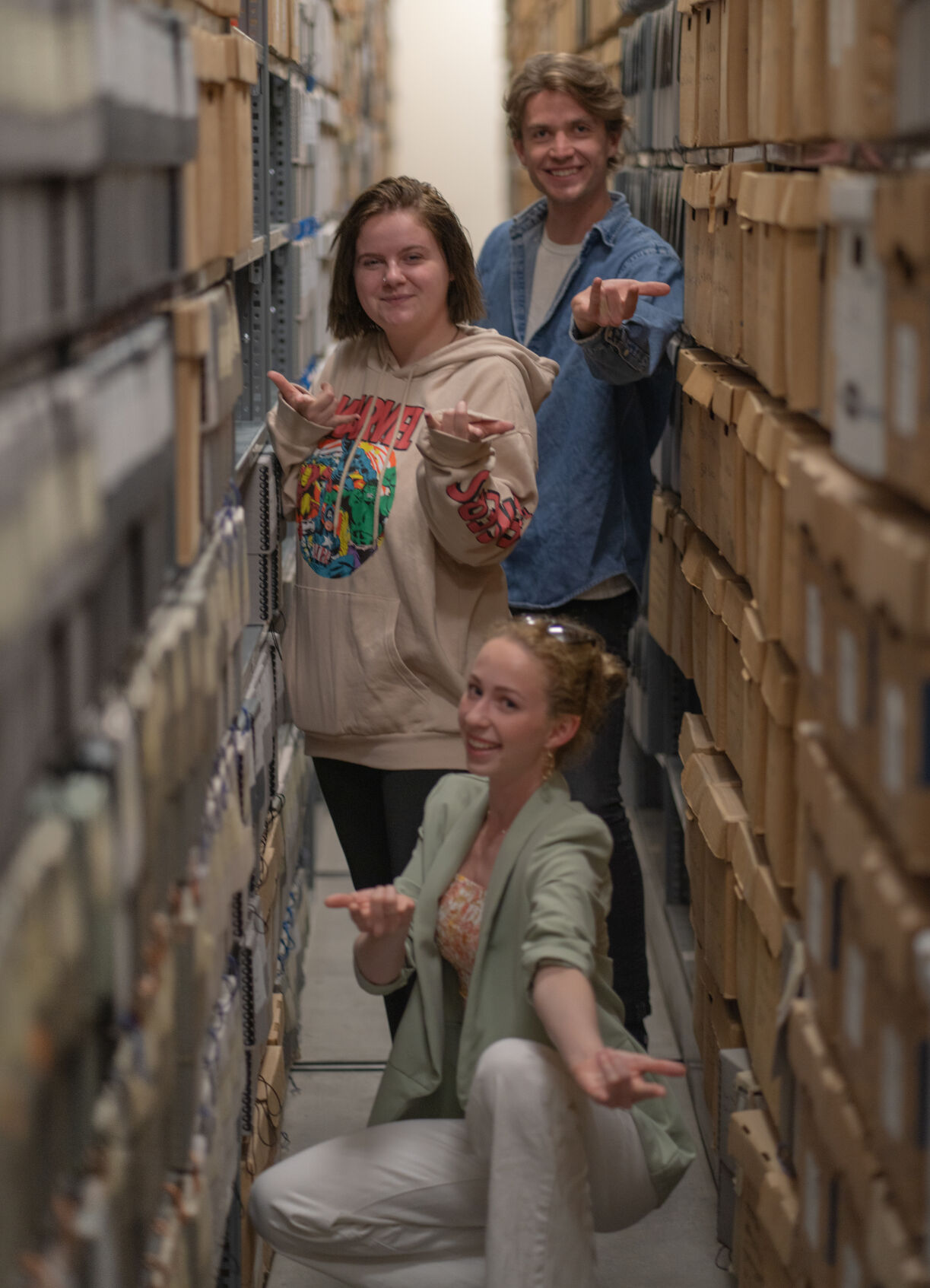
• Three students are creating an exhibit based on his life and impact
By Ashton J. Hacke and Jordan Smith
Casper Star-Tribune
Via- Wyoming News Exchange
CASPER — It’s an “excelsior” type of moment when Rhiannon McLean finds something with a movie star’s signature amongst the sea of fan mail.
Since late May, she and two other University of Wyoming students have been sifting through the donated materials of Marvel creator Stan Lee with the goal of chronologically organizing them, highlighting major finds within the collection and preparing for the creation of their student-led exhibit inside the American Heritage Center on UW’s campus.
McLean, Liam Leslie and Hazel Homer-Wambeam have turned the Alfred Jacob Miller classroom into a makeshift research room, pulling 20 boxes at a time from the 200-box collection housed in the center’s secure underground archive.
The three interns all come from Wyoming, but each have different reasons as to why they sought out this job: one spent considerable time studying Lee when she was younger; one wants to learn more about pop culture and apply it to his studies; and one enjoys learning about Marvel and its history.
Lee’s relationship with the university started 41 years ago when he began donating his personal effects after forming a relationship with Gene Gressley, the former director of the center.
His last donation came in 2012, the year he underwent his first major surgery.
Leslie, McLean and Wambeam have until next May to look through, organize and display Lee’s donations. Their efforts will culminate in an exhibit that will highlight Lee’s life.
It isn’t all eureka or excelsior moments, as most days consist of sifting and reading through the thousands of fan letters and the occasional scramble to cover pornographic materials from Lee’s day as a contributor at Playboy from the tours of children that sometimes come through the building.
Still, they plug along, out of passion for Lee, Marvel and the significance of pop culture.
“You can’t discount anything because Stan kept it for a reason. And it also means he wasn’t trying to curate the collection himself either,” McLean told the Star-Tribune in June. “It’s really special to kind of understand who Stan is, even though none of us got to meet him, right, just being able to go like, ‘Wow, he kept this for a reason. Let’s figure out why.’”
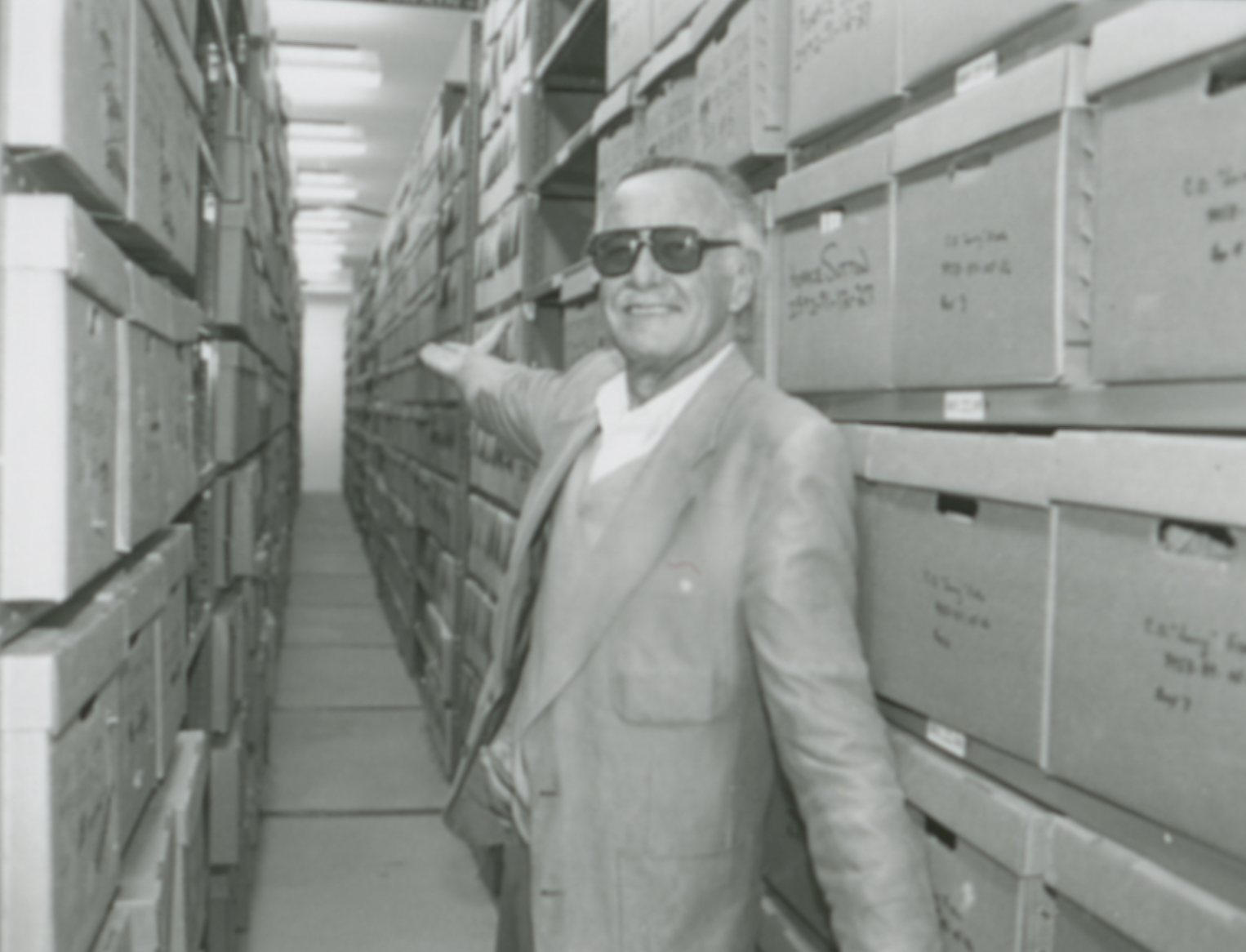
• A storied history
Lee’s first gift to the university was in 1980. The content of his donations stretches back to the 1940s.
He then sent a deed of gift to the university in 1990. Whatever he sent after that deed would be property of the school, unable to be claimed by anyone else.
In the annals of time, the story of how Lee came to know Gressley and the American Heritage Center has become a bit unclear; no one’s really sure. But the legend goes like this, according to McLean’s account to the Star-Tribune: Lee met Gressley, the center’s director throughout the 1970s, in 1977.
Lee had seen an exhibit on Jack Benny, whom he admired, that the center had done. His interest was piqued.
Benny, who was born in 1894, was an American radio and movie star and has often been credited as an early influence in comedy for Lee.
“I have this little archive at the University of Wyoming. You may wonder why I picked that university but, when they asked if I would archive my material there, they said that Jack Benny had his archive there. And I was a big fan of Jack Benny’s and I figured, if he’s there, I want to be there,” Lee told the Wall Street Journal in a 2012 interview.
Gressley reached back out to Lee in 1978; somewhere along the way, they had a conversation about Lee creating his own archive. Lee sent his first donation a few years later.
Lee, who was born in New York City in 1922, never went to college. He started working as a teenager and then joined the U.S. Army. If the chance for higher education was possible, he never pursued it.
In an interview with the Star-Tribune, the interns speculated that sending his personal material to the university was a way for Lee to contribute to higher education, to see himself represented at an accredited school. He didn’t really need a degree to be taken seriously within his industry — by the time he started donating, he was already a titan in the realm of comics — but maybe he always wanted a degree.
“There’s an element to that … of Stan really kind of being excited to be forever immortalized in an environment that he loved so much, but never got the opportunity to utilize himself,” McLean said.
And the interns can relate to that a little bit.
“In a lot of ways that is an aspiration for unfulfilled validation. Stan always wanted to be validated in an intellectual manner. And I think many of us deal with the same affliction here at the University of Wyoming, where there are great resources, there are great faculty members, there are brilliant minds kind of abounding,” Leslie said. “And they kind of fall by the wayside because of the state being so small and out of the limelight in a way. And I think that this is a cool opportunity to bring it to the fore.”
In 1989, Lee visited the UW campus for the first time.
Although first-hand accounts from that visit are sparse, the donated materials from the university photo department reveal a lively campus: Lee could be seen stopping by classrooms, holding a meet-and-greet in the UW Arts and Science auditorium and even visiting his donated materials in the underground archive.
Spider-Man, who had been flown out from Marvel, joined him wherever he went that day.
“Well, I remember I had him sign a comic book — and that he had a very distinctive voice,” said UW Director of Photo Services Ted Brummond, who was assigned to follow Lee that day as a photographer for the UW Photo Services Department. “I remember he corrected my grammar — it was a may I, can I sort of thing.”
The school would continue getting packages from him a few times each year until 2012, the interns said.
He gave to the university like someone who had just cleaned out their closet; a lot was sent at a time, and the packages were few and far in between, like he had marked a date to get rid of stuff and then went through everything he didn’t want.
The filing boxes, neatly labeled and numbered, fill shelves in the catacomb-like archives below the American Heritage Center. They contain letters, drafts, doodles, newspaper clippings.
McLean, Wambeam and Leslie pull out hundreds of pieces every day.
Some of the more interesting findings include letters from celebrities and political figures. Fanmail is a given, so Wambeam searches for that from other countries. Half-finished manuscripts are common, too.
So not every moment is an “excelsior” moment for the interns. Excelsior was Lee’s favorite word, a signature of his, and it means “ever upward” in Latin.
How do the interns keep a sharp eye, the Star-Tribune asked, when everything can be so similar that it starts to blur together? Pacing.
“ … There is a temptation when it gets that mundane to speed through it. But the obligation is not to speed through it, but rather to take your time, and, you know, enjoy what you’re looking at,” Leslie said.
Even when it’s box after box of letters that basically read the same.
Approximately halfway through the summer, the interns are 25% done with the boxes, they estimate. They still plug along, taking notes, organizing their plans for the exhibit on a lightboard, sometimes going on tangents in conversation with one another.
With every box they conquer, they hear Lee’s voice more and more clearly.
The interns
The three interns who have the honor of preserving and preparing the exhibit look out the window and don’t see Lee’s New York City skyline or the Marvel offices’ Hollywood view, but instead the emptiness of the plains.
Once, the interns took a workday to watch the new Disney documentary on Lee. The eerie feeling of his presence hung in the room as they watched the film amongst the open boxes of his life.
For UW theater student and Laramie native Hazel Homer-Wambeam, the archives and documentary hit a special place in her heart.
Wambeam, after being inspired by the American Heritage Center collection on Lee, interviewed the comic book legend himself over the phone for her own documentary she made for National History Day — which, according to her colleagues, could rival the Disney version.
She was 13.
“Stan Lee had a relationship with the American Heritage Center — something unique that not a lot of other places can say that they have,” Wambeam said. “And so I had this idea that maybe I could reach out to him.”
As Wambeam explains, National History Day is “kind of like a science fair, but instead of having science, it’s all topics involving history.”
“It took months and months of correspondence between the American Heritage Center and Stan Lee’s assistant at the time to arrange the call,” Wambeam said. “And, finally, we had set up a 10-minute phone interview. And I was just in my house and dialed a phone number, and Stan Lee picked up, and to this day, it’s still my fun fact about myself that I talked to Stan Lee for 10 minutes on the phone.”
Despite the teenage Wambeam only having the time to ask enough questions for her documentary, Lee took the time to be his charismatic self, crack jokes and turn the interview around on the young documentarian just for a few seconds. This would lead to Lee talking about Wambeam’s hometown of Laramie — the home of his archives.
Eight years later, now the former Miss Wyoming, Miss America competitor, National History Champion and current 22-year-old head Stan Lee intern, Wambeam leads another expedition through Lee’s archives, this time to honor the man she once interviewed.
The archives provide an opportunity for Liam Leslie to read from one of America’s greatest authors and to rediscover a lost form of education. Walk into the interns’ makeshift research room and one can often find Leslie’s tall frame covered in a blanket wrapped tightly around his shoulders as he attempts to stay warm in the room, which is kept cooler for the archival documents.
Leslie, an English and secondary education major from Cheyenne, is a bit quieter and more reserved than his more expressive counterparts. He is also introspective, considering the academic and cultural implications of the work.
“I think it’s a bit of a time capsule [the archives] and that is pretty profound to me,” Leslie said.
The interns have discovered comic books that have dealt with social issues like women’s rights and drug abuse tropes among the Marvel characters.
“It wasn’t seen as something to be respected or legitimate [comic books]. And then Stan Lee sparked this transition and that narrative where he was doing something totally different,” he said. “And all of a sudden, there was the comic book education boom, and everybody was interested in that.”
This experience has personally impacted Leslie as he considers what is going on in culture and the classroom.
“And I think that sometimes in your contemporary age, you don’t necessarily understand the phenomenon that is transpiring around you. I think it’s very cool cause now I’m thinking about, you know, the various forms of art that are happening around me right now.”
For UW political science major Rhiannon McLean of Casper, the archives provide the chance to comb through decades of American politics and propaganda — and the chance to get to know Lee.
She’s a quick, witty talker, and she tells you exactly what she’s thinking. And she thinks a lot about Lee, his legacy and the implications of his archives. She’s also a huge Marvel fan. The work takes on a personal bent because of it.
“It’s really special to kind of understand who Stan is, even though none of us got to meet him, right, just being able to go like, wow, he kept this for a reason. Let’s figure out why,” she said. “There’s a few Timely Comics that are featured that make my hands shake every time I touch them.”
McLean, Wambeam and Leslie meet every Monday to chat about the work, but also to talk as friends.
It’s easy to see that they have the sort of bond that only people who take on a really hard project together can form. They are creating an entire exhibit about one man who forever changed the history of comics.
By the end of this internship, they will have spent nearly a year together, picking apart boxes, discussing Lee and creating something tangible, something real, to show the public.
“I think the happiest thing about this is getting to shine Stan’s legacy in a way that I think would make him really happy,” McLean said.
None of the interns will give away any details or hints about the exhibit. They say you’ll have to visit Laramie when the exhibit opens to see for yourself. Just like Stan did


